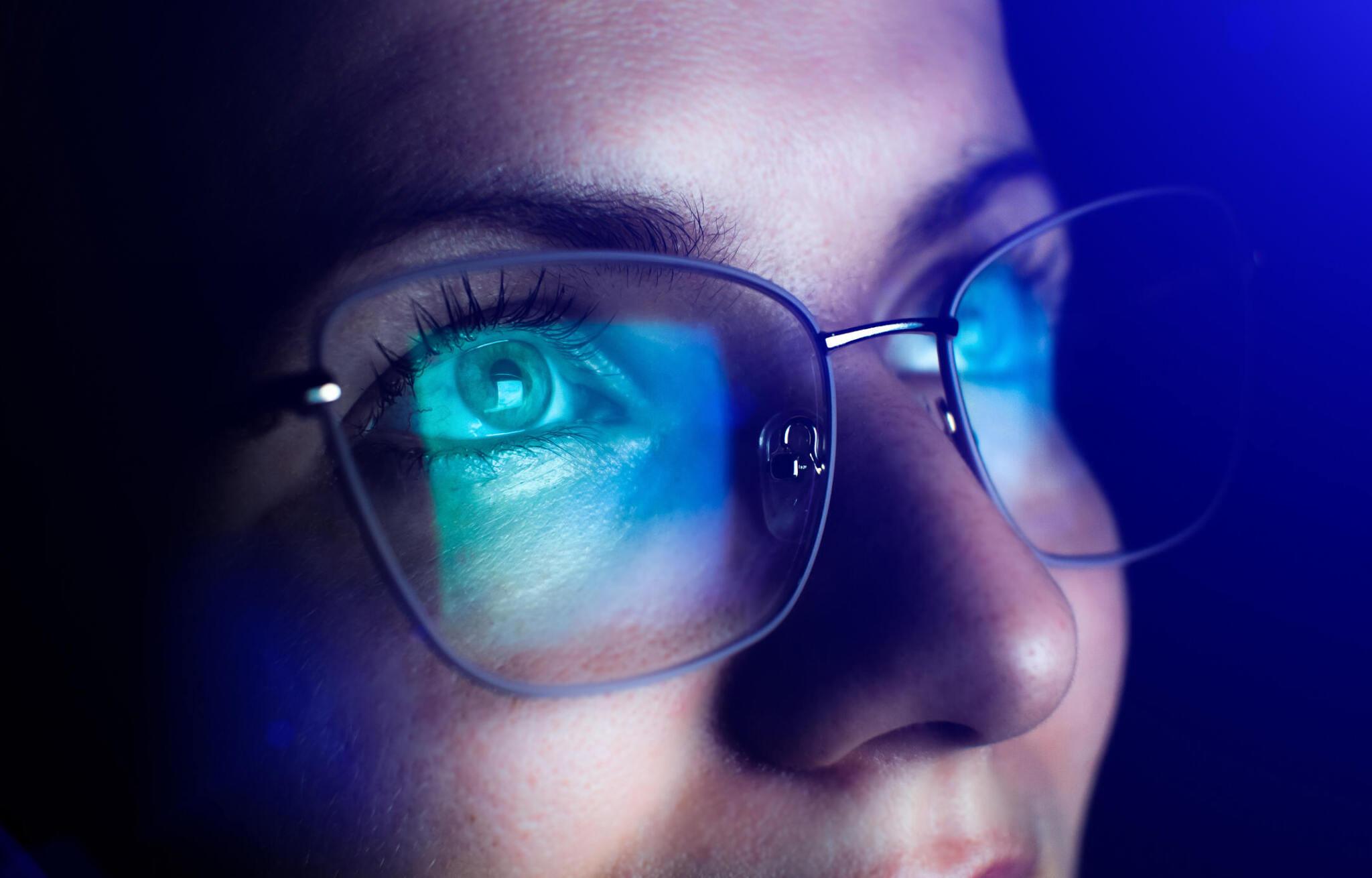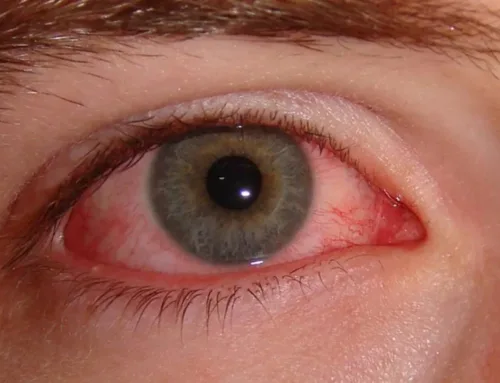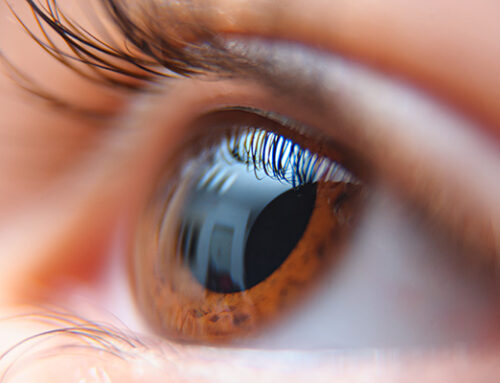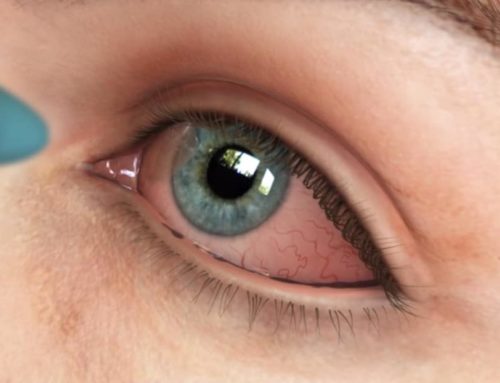Blue Light from Digital Devices and Its Impact on Sleep Patterns
In today’s digital age, we spend a significant amount of time in front of screens, including smartphones, tablets, computers, and televisions. While these devices offer convenience and entertainment, they emit blue light, which can have an impact on our sleep patterns. In this blog post, we will explore the relationship between blue light exposure from digital devices and sleep, as well as provide tips on how to mitigate its effects for a better night’s rest.
Understanding Blue Light
Blue light is a short wavelength light that is present in natural sunlight and emitted by electronic devices. It plays a role in regulating our sleep-wake cycle, also known as our circadian rhythm. Exposure to blue light during the day helps keep us alert, focused, and awake. However, excessive exposure to blue light, especially in the evening and nighttime, can disrupt our sleep patterns.
Blue Light and Sleep Patterns
The main way blue light affects our sleep is by suppressing the production of melatonin, a hormone that helps regulate sleep and wakefulness. When exposed to blue light, particularly in the evening, our bodies may have difficulty transitioning into a state of relaxation and sleep. This can lead to difficulties falling asleep, reduced sleep quality, and an overall disruption of our sleep-wake cycle.
Tips for Minimizing the Impact of Blue Light on Sleep Patterns
1. Limit Screen Time Before Bed
Create a digital curfew by avoiding screen time at least one hour before bedtime. This allows your body to adjust and prepare for sleep without the interference of blue light exposure. Instead, engage in relaxing activities such as reading a book, practicing meditation, or listening to calming music.
2. Enable Night Mode or Blue Light Filters
Most digital devices offer settings such as Night Mode or Blue Light Filters that reduce the amount of blue light emitted by the screen. Enable these settings, especially in the evening, to minimize blue light exposure. Alternatively, there are also applications and software available that can adjust the color temperature of your screens to warmer tones, reducing the impact of blue light.
3. Wear Blue Light-Blocking Glasses
Blue light-blocking glasses are designed to filter out or block the harmful blue light emitted by digital devices. Wearing these glasses in the evening can help reduce the exposure to blue light and promote better sleep. Consult with your eye care professional to find the right type of blue light-blocking glasses for your needs.
4. Optimize your Sleep Environment
Create a sleep-friendly environment by keeping your bedroom dark, cool, and quiet. Use blackout curtains or eye masks to block out external light sources. Minimize electronic devices in your bedroom, as the presence of screens can contribute to increased exposure to blue light and temptations for late-night browsing.
5. Establish a Bedtime Routine
Develop a consistent bedtime routine that helps signal to your body that it is time to wind down and prepare for sleep. This can include activities such as taking a warm bath, reading a book, practicing relaxation techniques, or listening to soothing music. Avoid engaging in stimulating or stressful activities close to bedtime.
While the convenience and prevalence of digital devices are undeniable, it is crucial to be mindful of the potential impact of blue light exposure on our sleep patterns. By implementing these tips and making conscious efforts to reduce blue light exposure, especially in the evening, we can support a healthy sleep-wake cycle and promote restful sleep. Prioritizing good sleep hygiene and managing our interaction with digital devices can contribute to overall well-being and ensure we wake up refreshed and rejuvenated each day. Remember, a balance between screen time and quality sleep is key to maintaining a healthy lifestyle.






